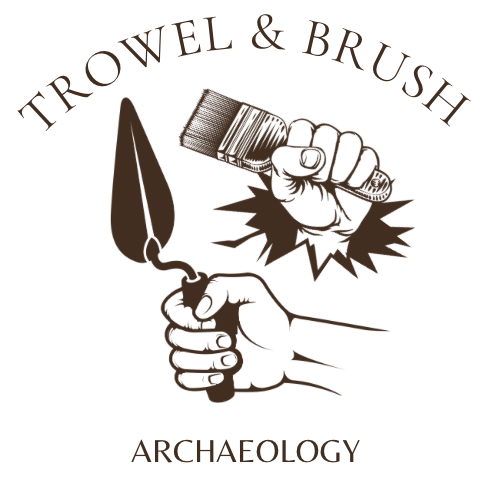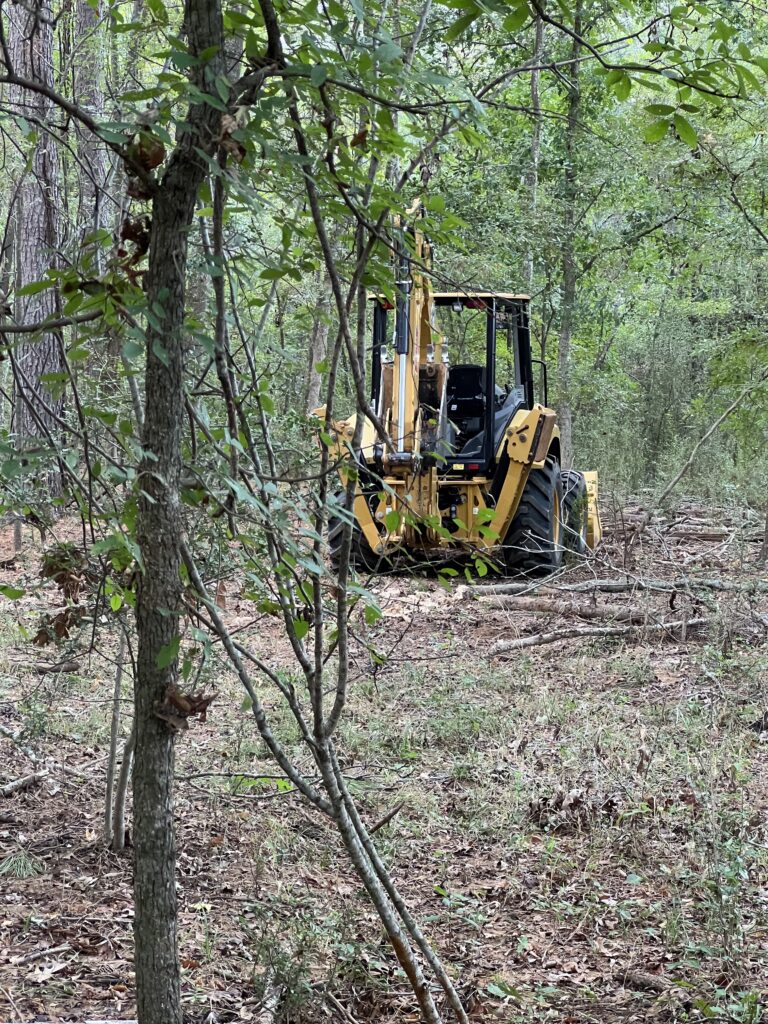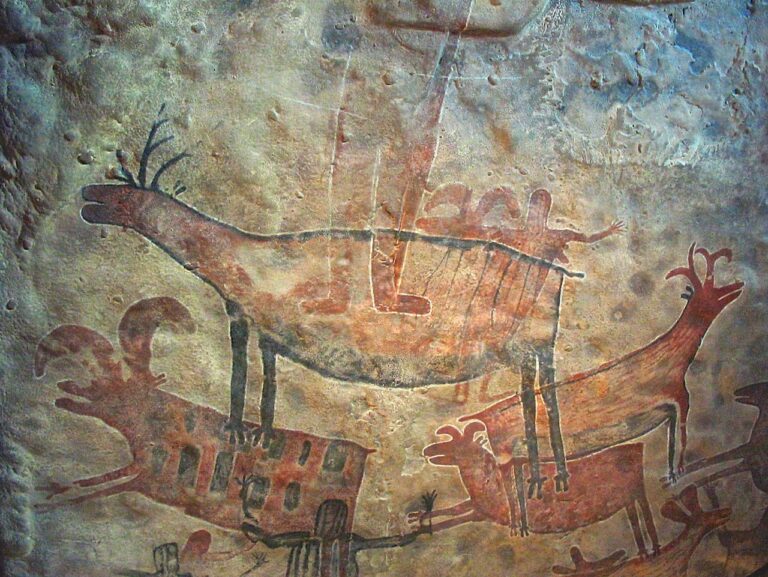The Archaeology-Anthropology Connection
When we delve into the mysteries of our ancient world, two disciplines often come to mind: archaeology and anthropology.
While these fields share a profound interest in unraveling the past, they are distinct in their methodologies, objectives, and areas of focus.
In this article, we will explore the fascinating relationship between archaeology and anthropology, shedding light on their similarities, differences, and how they collaborate to paint a comprehensive picture of human history.
Archaeology and anthropology are closely intertwined disciplines that illuminate the depths of human history and culture. While archaeology unearths ancient artifacts and structures, anthropology provides the essential context and understanding needed to interpret these findings within the broader framework of human societies and behaviors. Together, they provide invaluable insights into our shared heritage and the fascinating history of human civilization.
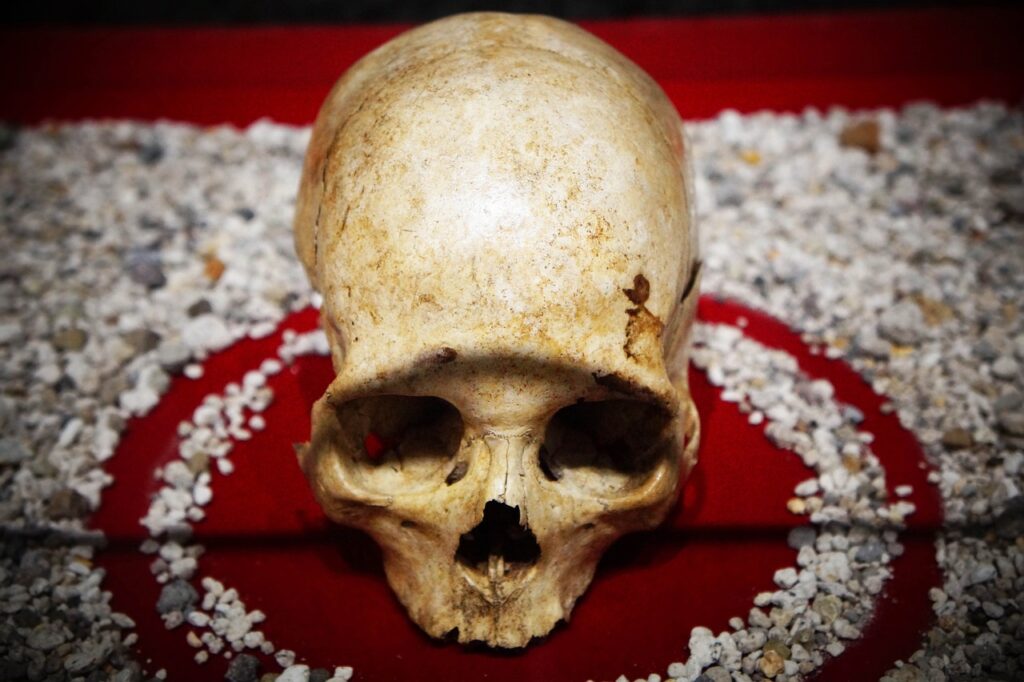
Defining Archaeology and Anthropology
Archaeology and anthropology are both branches of social sciences that study human societies and their cultural development.
However, their approaches diverge when it comes to the primary sources of information they utilize.
Archaeology primarily deals with the material remains of past human cultures, such as artifacts, structures, and fossils.
In contrast, anthropology focuses on the study of human behavior, societies, and cultures through direct observation and interaction with contemporary communities.
This is for my visual learners or for those of you that love photography.
This book seamlessly weaves together vivid imagery, expertly curated content, and engaging narratives to bring the past to life.
From the earliest civilizations to the modern era, this remarkable visual compendium is an invaluable companion.
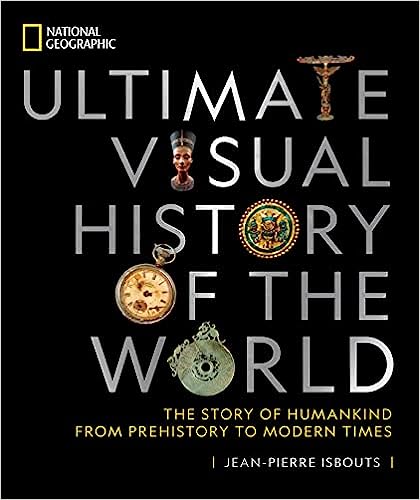
Archaeology: Uncovering Lost Worlds
Archaeology can be likened to a time traveler, allowing us to peek into the lives of those who came before us.
It delves into the physical remnants left behind by ancient civilizations and seeks to understand their significance.
By meticulously excavating and analyzing artifacts, architectural structures, and ancient sites, archaeologists reconstruct past human activities, belief systems, and societal organization.
Archaeology enables us to answer critical questions about the development of human civilizations, ranging from the emergence of agriculture and early settlements to the rise and fall of great empires.
It bridges gaps in historical records, piecing together the puzzle of our shared heritage.
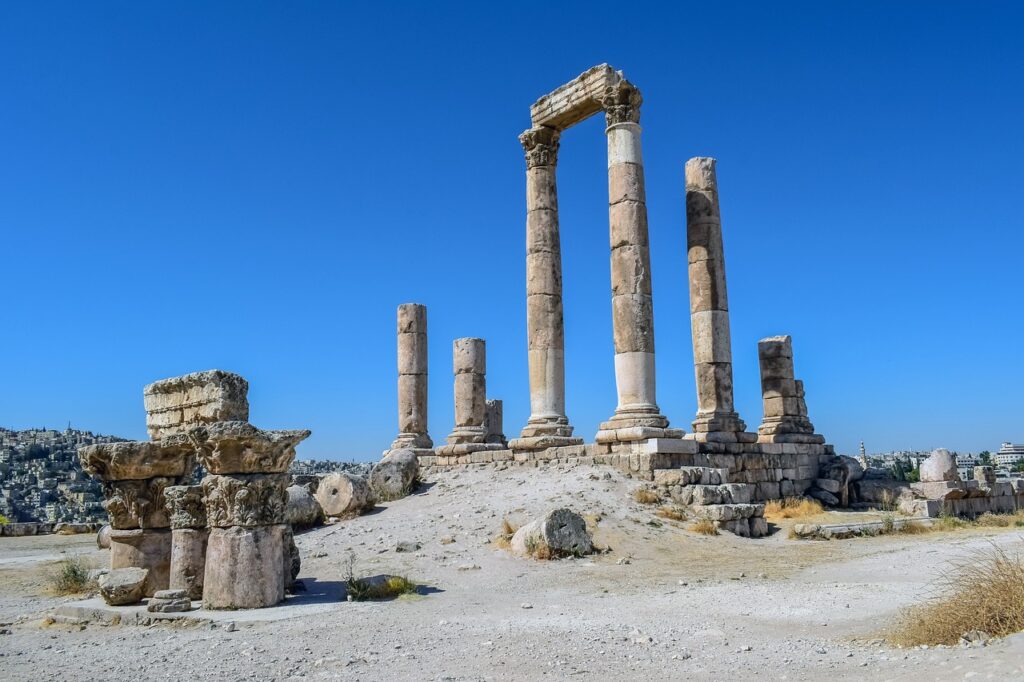
Anthropology: Understanding the Human Story
While archaeology focuses on the material remains of the past, anthropology explores the intricacies of human culture, behavior, and societal dynamics through direct study and interaction.
Anthropologists immerse themselves in contemporary societies, observing, documenting, and analyzing the diversity of human customs, languages, social structures, and beliefs.
Anthropology encompasses various subfields, such as cultural anthropology, linguistic anthropology, and biological anthropology.
Each subfield contributes unique insights into different aspects of human life, such as rituals, language evolution, and the biological and genetic makeup of different populations.
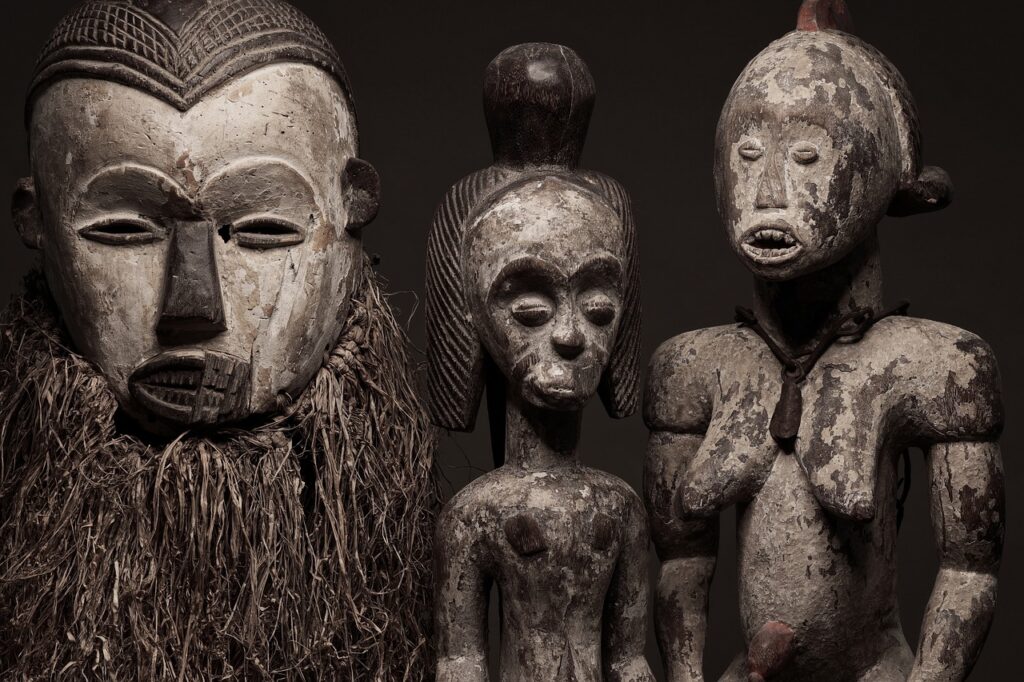
The Harmony of Archaeology and Anthropology
Though archaeology and anthropology may diverge in methodology, they are inherently interconnected.
Archaeology provides tangible evidence for anthropologists to draw upon when studying ancient cultures and societies.
Conversely, anthropology’s holistic understanding of human behavior and social structures aids archaeologists in interpreting their findings more comprehensively.
For example, when archaeologists unearth an ancient burial site, they rely on anthropological knowledge to decipher the cultural significance of burial rituals, religious beliefs, and social hierarchies associated with those remains.
By combining their expertise, these disciplines work harmoniously to unearth a richer understanding of the past.
“Fun Fact:Did you know that in the field of anthropology, there is a subfield called ethnomusicology, which focuses on the study of music within different cultures?
Ethnomusicologists delve into the melodies, rhythms, and instruments that shape societies, providing a unique perspective on the diverse ways in which music connects people across the globe.”

New Frontiers: Interdisciplinary Approaches
In recent years, both archaeology and anthropology have embraced interdisciplinary approaches, incorporating scientific techniques and theories from other fields.
Radiocarbon dating, DNA analysis, remote sensing technologies, and computational modeling are just a few examples of the cutting-edge tools utilized to refine our understanding of human history.
These interdisciplinary collaborations have opened new avenues of knowledge.
Genetic studies, for instance, have shed light on ancient migrations, interbreeding events, and the origin of various populations, enriching our comprehension of human ancestry.
If you would like to know more about these interdisciplinary approaches, check out our other article on the topic here: https://trowelandbrush.com/dating-techniques-in-archaeology/
Conclusion: Bound Together by Curiosity
While archaeology and anthropology are distinct fields, their shared curiosity about humanity’s past unites them.
Archaeology breathes life into ancient civilizations through the tangible remnants they left behind, while anthropology unravels the complexities of the societies that left them there.
Together, these disciplines weave a tapestry of knowledge, shedding light on the diverse cultures, behaviors, and histories that have shaped our world.
Their symbiotic relationship allows for a comprehensive understanding of the human story, both past and present.
Through their collaborative efforts, archaeology and anthropology enrich our appreciation of our shared history and offer valuable insights into our cultural heritage.
